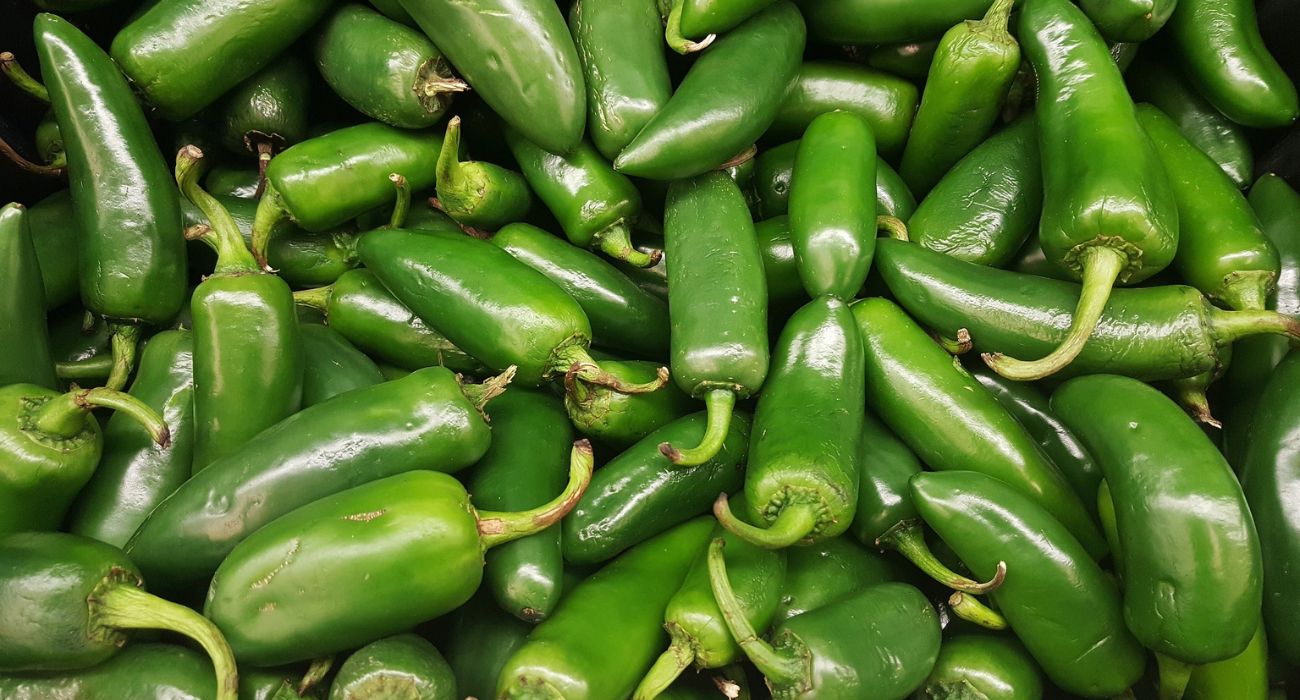Social media platforms have been abuzz lately with claims attributing the decline in jalapeño spiciness to none other than Texas A&M University, igniting a fiery debate over the dilution of the Tex-Mex staple.
“Big Ag actually made jalapeños less spicy – you’re not going nuts,” said X user Timothy Faust.
The uproar stems from an initial report in D Magazine published last May, which has recently resurfaced online, shedding light on the influence of processing practices on the characteristics and spice levels of jalapeños, reported KHOU 11.
The report focused on anecdotal consumer complaints across the state, sparked by a perceived significant decline in the spiciness of the beloved pepper. Contrary to common misconceptions about weather or crop variations, this change is not accidental but the result of decades of deliberate cultivation aimed at creating a milder jalapeño. What might be most surprising is how long it took for people to notice.
A 1983 article in The Christian Science Monitor (CSM) reported on the original effort by Texas A&M, the “TAM mild.”
“[T]he jalapeno’s days of breathing fire – and making those who sample it do the same – may be numbered. A scientist at Texas A&M University’s agricultural experiment station in the border town of Weslaco has bred a jalapeño that looks and tastes like its legendary forebear but doesn’t burn like it. That may strike some Mexican food purists on both sides of the border as a breach of frontier tradition, like forcing Pancho Villa to doff his sombrero and serape for a bowler and pinstripes.”
According to the publication, the modified jalapeño was first made available commercially in 1981. Benigno Villalon, the associate professor behind the effort, said the milder jalapeños range in heat from two to five on a 10-point scale, whereas the originals from Mexico range from six and up, reported CSM.
The consensus was clear in the D Magazine report: jalapeños have become less fiery and more akin to vegetables than spicy chilies. The trend has raised questions about the underlying factors driving this phenomenon and its implications for culinary practices and preferences.
The majority of jalapeños are destined for processing plants, according to KHOU, where they undergo transformation into an array of products ranging from salsa to chips. In the quest for consistency, manufacturers favor milder peppers that can be augmented with heat extract during processing, facilitating the production of varying spice levels within a single batch of products.
Enter Texas A&M’s pivotal role in this narrative. Approximately two decades ago, the Texas Agricultural Experiment Station, now known as the Texas A&M AgriLife Research and Extension Center, introduced the “TAM mild jalapeño II.” This pepper, heralded for its size, virus resistance, and absence of imperfections, boasted a milder flavor profile, thus aligning with the processing industry’s preference for uniformity.
The TAM mild jalapeño II swiftly gained traction in the market, becoming the predominant choice among growers and processors alike, per KHOU. Its further widespread adoption reshaped the jalapeño landscape, ushering in an era where milder peppers dominate the market, much to the chagrin of spice enthusiasts.
Stephanie Walker, an extension vegetable specialist at New Mexico State University, suggests that the desire for hotter jalapeños may lead to the rise of heirloom varieties, as happened with tomatoes.
“People lost a lot of interest in tomatoes for a long time until heirlooms came back,” Walker said, per D Magazine. “Now we have the same thing with peppers. There’s a place for people to embrace heirloom peppers, the way that we have with tomatoes.”






